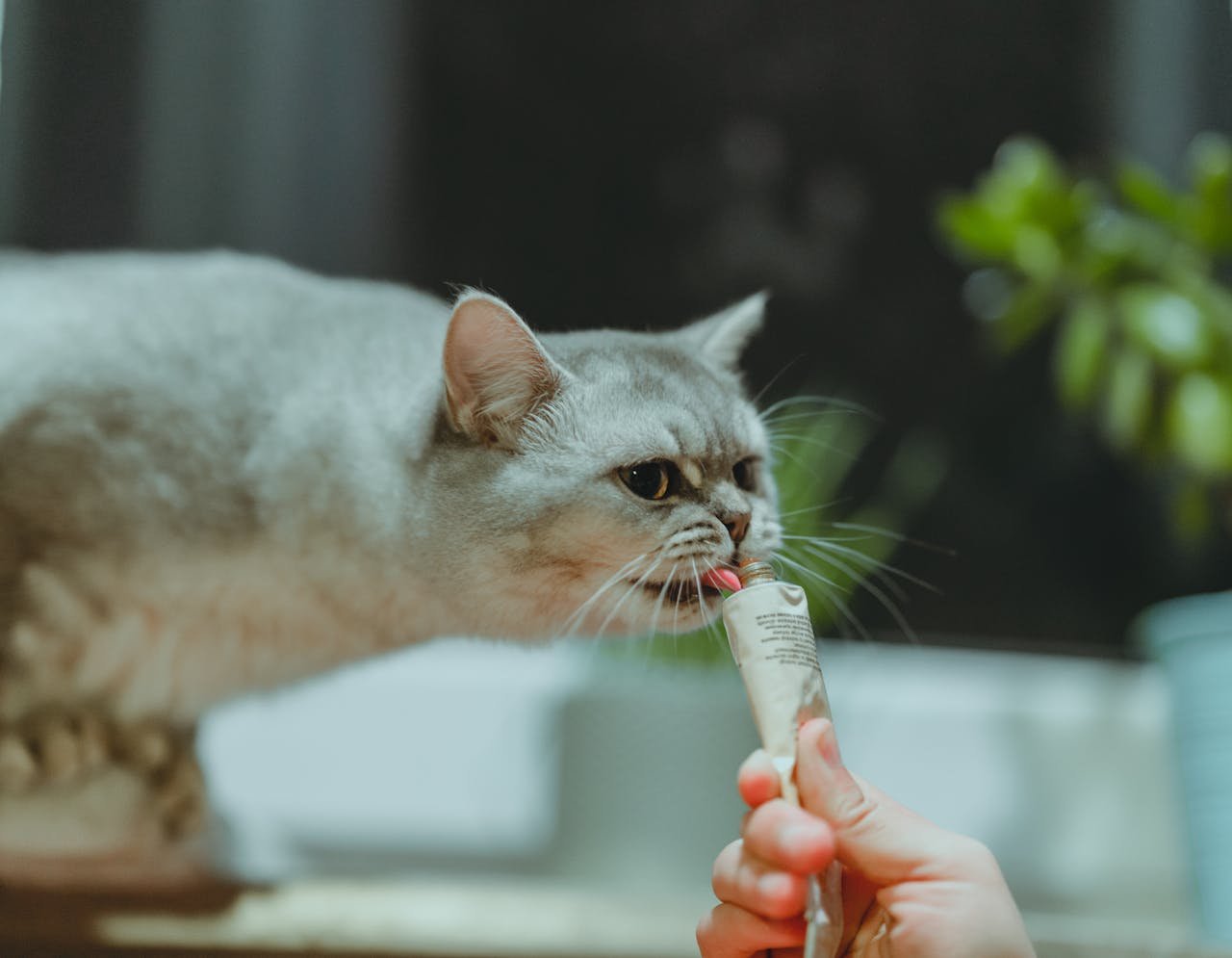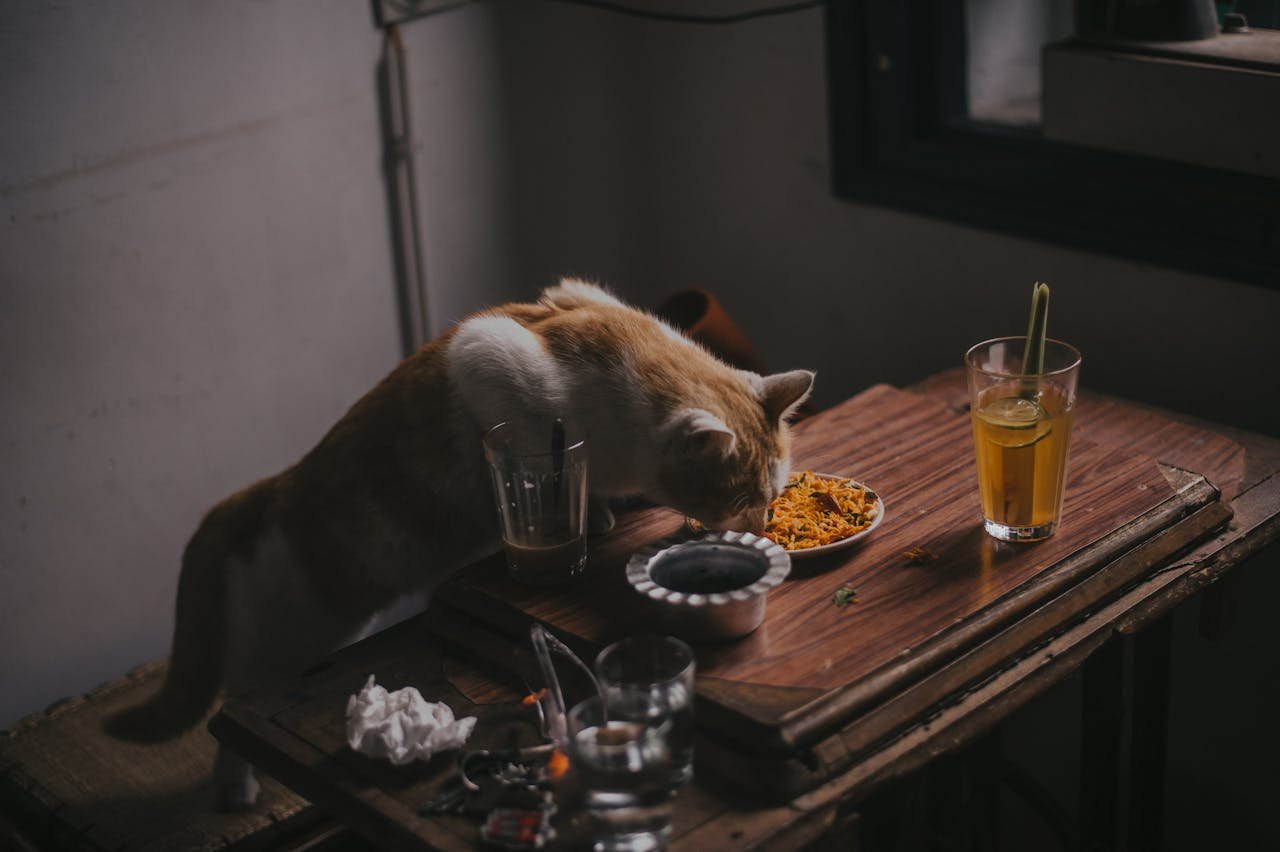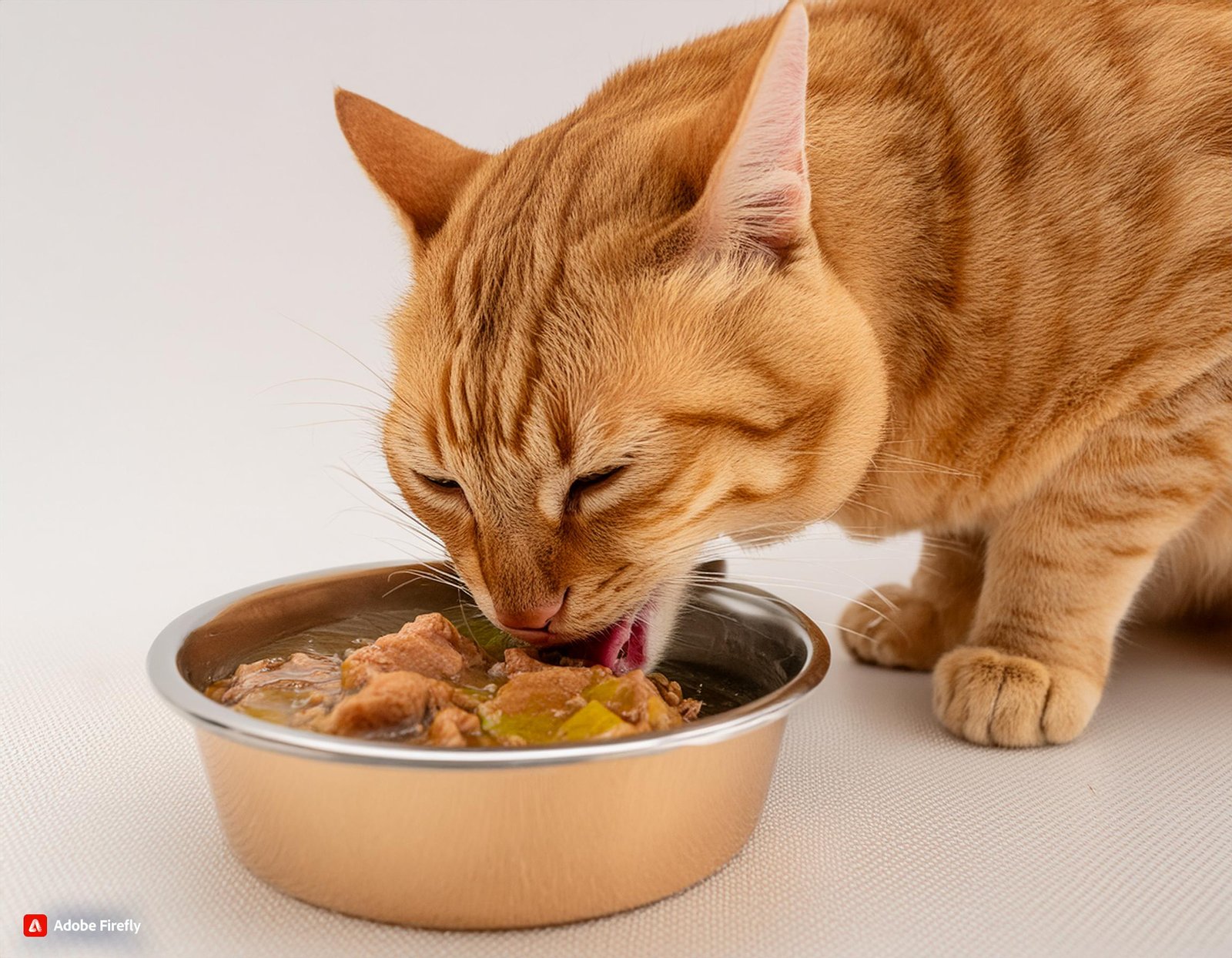Best Dry Cat Foods of 2024: Nutrition, Taste, and Health Benefits Last Updated on 18 August 2024, Care Kitties When choosing the …
How to Change Your Cat’s Eating Habits: A Step-by-Step Guide
Modifying the feeding schedule and diet of a cat is challenging, but in most cases, it should be accomplished to keep the cat healthy. There can be various reasons to do so. Sometimes the cat may be sick, the vet has recommended it, or the old foods are not very nutritional. Whatever the reason, changing cat’s eating habit is a tiresome work. This article will provide you a detailed guideline of how to change your cat’s eating habits.
Why change a cat’s eating habits?
- Health Issues: Some of the common diseases that can result from an unhealthy diet include; obesity, diabetes, kidney disease, and digestive problems. These conditions can be prevented or managed by altering one’s diet to a healthier one.
- Nutritional Needs: Cats need protein in their diet as well as some special nutrients. Depending on what they are currently eating, they might need to switch up their diet if their food is not providing them with all the nutrients they need.
- Age-Related Changes: Cat’s diets also change with age, which means that an old cat will have different nutrient requirements than a young cat. Regarding diets, cats at different stages in their life cycle require different foods to feed them and maintain their health properly.
- Food Sensitivities or Allergies: If the cat manifests symptoms of allergies or sensitivities, including vomiting, diarrhoea, or skin problems, changing its diet would help.
- Palatability Issues: Pets, especially cats, tend to be selective eaters; hence, they are prone to malnutrition if the food prepared for them is not appealing or if they have become accustomed to a certain type of diet. This can be done by introducing variety to the food menu or by switching to a different brand.
- Veterinary Recommendations: Often, dietary adjustments are proposed by the vet because of health issues or disease prevention.
Knowing Your Cat’s Present Feeding Pattern
- Eating Patterns: Take note of the time and frequency at which the cat eats or seems to be ready to feed. Is it grazing throughout the day or eating at one time? That understanding helps in the planning of the transition.
- Preferences: Also, document the cat’s preferences for flavours, textures and types of foods; wet foods, dry foods, raw foods, etc.). This can help dictate the selection of new food.
- Current Nutritional Intake: Determine the nutritional value of the food being served at the current time. Is it possible to ensure all the necessary nutrients are included in the diet?
Steps to change your cat’s eating habits:
- Consult with a Veterinarian
- Health Assessment: First, you need to check with your vet on your cat’s health and receive guidelines specific to it before making any alterations.
- Dietary Suggestions: The vet can advise on which particular brands or kinds of food are better to use and which portions would be more suitable.
- Gradual Transition
- Mixing Foods: Begin by combining the new food with the previous diet but in a limited proportion. It should take about 7–10 days to transition: integrate the new food into the diet while reducing the portion of the old food accordingly.
- Observation: Pay attention to your cat, whether it has diarrhea or simply refuses food. In case of problems, a transition should be slowed down.
- Establish a Feeding Schedule
- Regular Mealtimes: Instead of letting cats eat at their own time, establish a schedule to feed them. This can be particularly beneficial in keeping their appetite in check and ensuring that they do not indulge in large portions of food.
- Portion Control: Even when preparing meals, you have to measure food portions so that you give what is required. Do not overfeed your pet.
- Encourage Proper Eating behavior
- Separate Feeding Areas: When you have more than one cat, it’s best to feed each of them in a different place so that they don’t compete or stress each other out.
- Interactive Feeding: You can use slow feeders or toys that require the cat to work for its food to slow down feeding and at the same time exercise its brain.
- Monitor and Adjust
- Weight and Health Monitoring: Pay attention to its body condition and its general state of health to ensure that it is within the correct weight range. If they are putting on or losing weight too rapidly, then one needs to alter the servings or even the kind of food.
- Behavioral Changes: Any rude changes in their behavior, like the level of activity, listlessness, sluggishness, etc should serve as pointers to nutritional problems.
Challenges in Changing Eating Habits
- Resistance to New Food: Cats are very reluctant to test new food products as they tend to stick to their favorite food specialties. Consistency and a slow process of implementation are paramount for success.
- Food Aversion: Since a cat links a specific food to sickness (e. g., owing to vomiting), it will not take the food in the future.
- Digestive Issues: It is important to note that some cats may develop diarrhea or vomiting when changing to this diet. This can be sometimes eased by slowing down the process.
- Picky Eating: Some cats are fussy with regards to their meal. Trying different tastes and gentle mouthfeel can solve it.
Tips for Success
- Patience: The process of changing a cat’s diet is not really something that you can do in a hurry. As a result, be patient and allow your cat to warm up to the new addition or change.
- Consistency: Maintain newly introduced feeding regime and do not change it again.
- Positive Reinforcement: When the cat eats the new food, provide it its favorite toy or food. Do it till you feel the cat is comfortable with the new food.
Transferring a cat from one type of diet to another is a slow process and one that needs a lot of preparation. You need to be patient and observe to make sure the cat is in good condition and the progress is really happening.
Related Articles
Top 8 Best Nutritional Kitten Foods Last Updated on 15 August 2024, Care Kitties The kitten stage is the most crucial period …
How to Change Your Cat’s Eating Habits: A Step-by-Step Guide Last Updated on 10 August 2024, Care Kitties Modifying the feeding schedule …
Beware the Liver Trap: Protecting Your Cat from Nutrient Overload Last Updated on 10 August 2024, Care Kitties As a pet owner, …
What Human Foods Are Safe for Cats? A Comprehensive Guide Last Updated on 08 August 2024, Care Kitties Cats are obligate carnivores, …
How You Should Develop Your Cat’s Eating Habits? Last Updated on 17 May 2024, Care Kitties Like humans, eating is also a …






